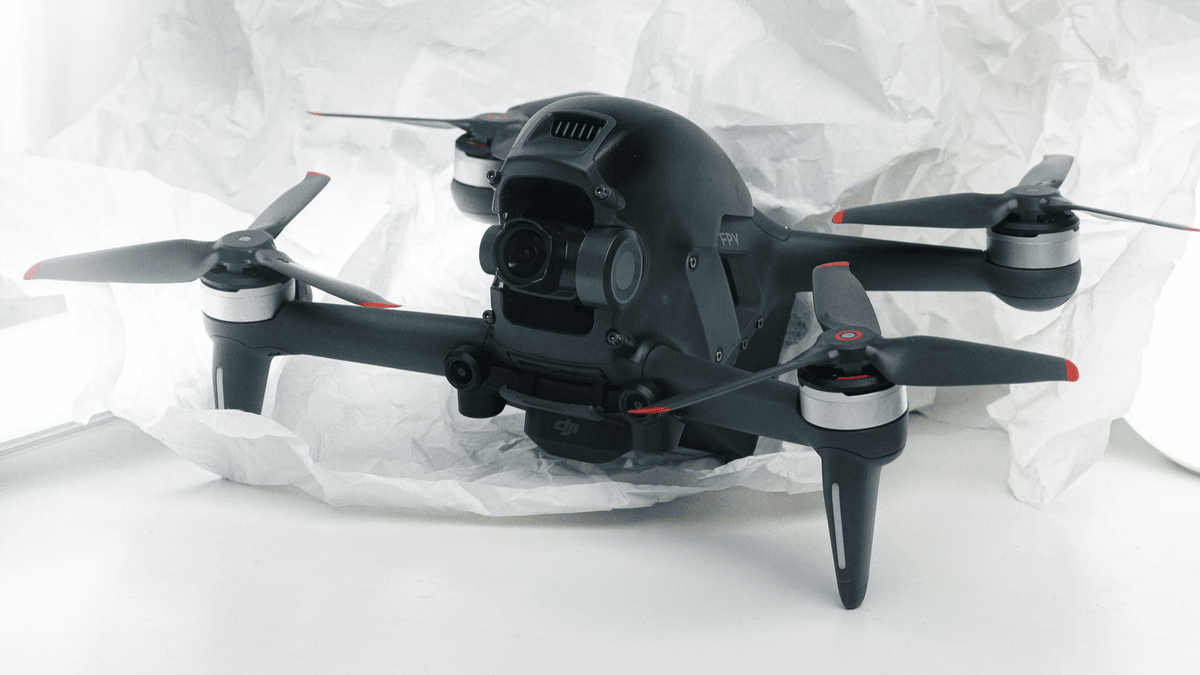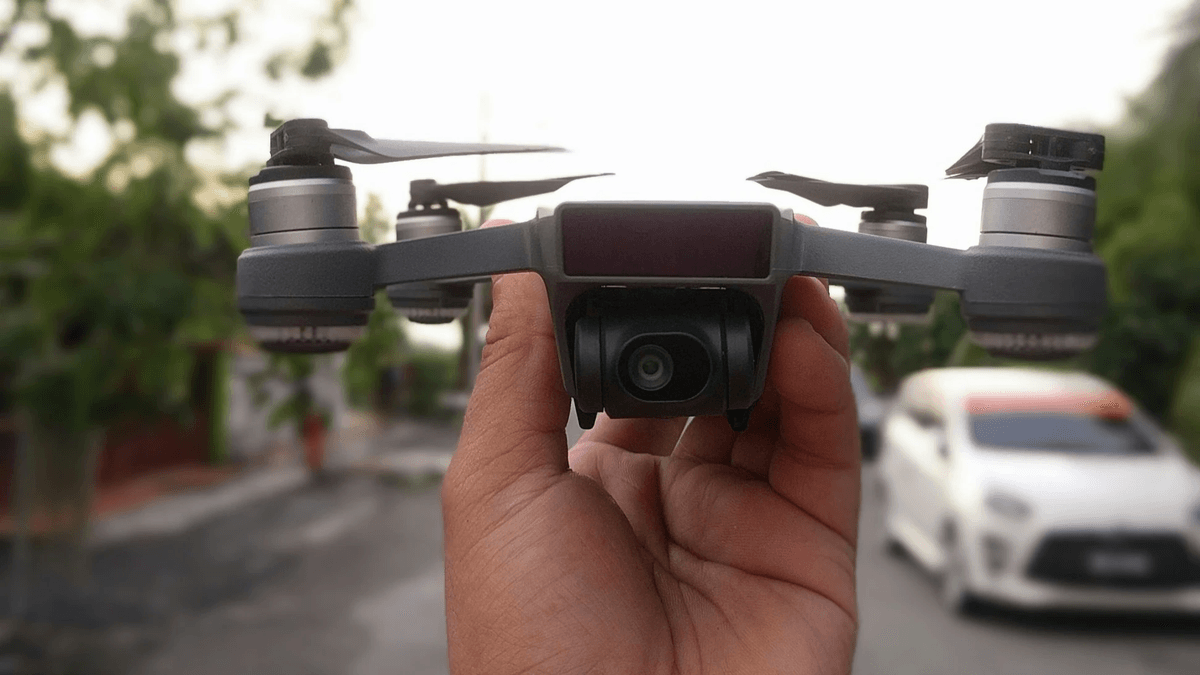Anti drone weapons are critical tools in modern security, designed to counter the growing threats posed by unauthorized drones. As drones become more accessible and advanced, the need for effective anti drone weapons has never been greater, protecting everything from military bases to public events.
The Rising Threat of Drones: Why Anti Drone Weapons Matter
Drones, once seen as novelty gadgets, have evolved into serious security risks. Today, malicious actors use drones for espionage, smuggling contraband, disrupting public events, and even carrying out terrorist attacks. Their small size, maneuverability, and ability to fly at low altitudes make them hard to detect with traditional defense systems. This is where anti drone weapons step in: they are specifically engineered to detect, track, and neutralize these airborne threats, ensuring that sensitive areas and critical infrastructure remain secure.
Anti drone weapons are not just optional additions to security protocols—they are essential. Without them, airports could face runway disruptions, military installations could suffer data breaches, and public gatherings could be targeted by unauthorized drone activity. The reality is clear: as drone technology advances, so too must the anti drone weapons designed to counter them.

Understanding Anti Drone Weapons: Core Functions
Anti drone weapons encompass a range of technologies working together to create a robust defense system. At their core, these weapons perform three key functions:
- Detection: Identifying unauthorized drones within a specific range, using tools like radar, radio frequency (RF) sensors, and spectrum analyzers.
- Tracking: Monitoring the drone’s trajectory, speed, and altitude to predict its next moves.
- Neutralization: Disabling or redirecting the drone using methods like RF jamming, GPS spoofing, or targeted signal disruption.
Each type of anti drone weapon specializes in one or more of these functions, and combining them creates a multi-layered defense that leaves no gaps for threats to exploit.
Haisen's TQ-R Series Low-Altitude Detection Radar: A Foundation of Anti Drone Weapons
When it comes to detecting low-flying drones, Haisen's TQ-R Series Radar stands out as a cornerstone of effective anti drone weapons. This advanced radar system uses high-frequency radio waves to scan the sky, emitting and receiving signals to pinpoint the exact location and path of unauthorized drones. What makes it a vital part of anti drone weapons is its ability to operate in complex environments—whether over urban areas, military bases, or border zones—without missing even the smallest drones.
How It Works: Precision in Detection
The TQ-R Series Radar uses advanced algorithms to separate drone signals from other flying objects, such as birds, helicopters, or commercial aircraft. This reduces false alarms, a common issue in less sophisticated anti drone weapons, ensuring security teams focus only on real threats. Its real-time tracking feature means that as soon as a drone enters the monitored area, the radar sends instant alerts, allowing for rapid deployment of countermeasures.
Advantages for Anti Drone Weapons Systems
- Wide Detection Range: Covering large areas, making it ideal for protecting airports, stadiums, and military installations—key locations where anti drone weapons are most needed.
- Accuracy: Distinguishing between drones and other objects, ensuring resources are used efficiently.
- Speed: Real-time data transmission enables quick responses, critical for neutralizing fast-moving threats.
Real-World Impact of This Anti Drone Weapon
At major airports, the TQ-R Series Radar has prevented countless drone incursions. For example, at a busy international airport in Asia, the radar detected a small drone flying near the runway just 30 seconds after it entered the airspace. Security teams, armed with this data from the anti drone weapon, deployed a directional jammer, forcing the drone to land safely before it could disrupt flights. Similarly, military bases in Europe use the radar to monitor low-altitude airspace, stopping espionage attempts by drones equipped with cameras.
Full-Band Spectrum Detection: Expanding Anti Drone Weapons’ Reach
Drones operate on a wide range of frequencies, from 2.4 GHz to 5.8 GHz and beyond. To counter this, full-band spectrum detection is a must-have in any anti drone weapons arsenal. This technology scans the entire electromagnetic spectrum, ensuring no drone—regardless of its operating frequency—goes undetected.
Why Full-Band Spectrum Detection is Critical for Anti Drone Weapons
Drones are constantly evolving, with manufacturers updating their frequency usage to avoid detection. Without full-band spectrum detection, anti drone weapons would have blind spots, leaving security gaps that malicious actors could exploit. For example, a drone using a rare 900 MHz frequency might evade a system that only scans 2.4 GHz, but full-band technology would catch it immediately.
Key Equipment in Full-Band Spectrum Detection
- RF Sensors: These anti drone weapons components pick up radio signals emitted by drones, identifying their unique frequency signatures.
- Wideband Receivers: Capture signals across a broad range, ensuring no frequency is missed.
- Signal Analyzers: Process data in real time, providing insights into the drone’s type, operator location, and intent.
Enhancing Anti Drone Weapons with Full-Band Technology
By integrating full-band spectrum detection into anti drone weapons systems, security teams gain a comprehensive view of airspace activity. For instance, at a political rally with thousands of attendees, full-band sensors detected three drones operating on different frequencies—one using 2.4 GHz, another 5.8 GHz, and a third a custom 1.2 GHz. Anti drone weapons, armed with this data, deployed countermeasures Targeted against each, neutralizing all threats within minutes.
Frequency Band Spectrum Detection Equipment: Precision in Anti Drone Weapons
While full-band detection covers the entire spectrum, frequency band spectrum detection equipment focuses on specific, high-risk frequencies—making it a specialized yet powerful addition to anti drone weapons. This equipment is highly sensitive, picking up even faint signals from small drones, and is designed to reduce false alarms by distinguishing drone signals from other RF interference (like Wi-Fi or Bluetooth devices).

Key Features of This Anti Drone Weapon Component
- Targeted Scanning: Focuses on frequencies commonly used by drones, such as 2.4 GHz and 5.8 GHz, improving efficiency.
- Real-Time Reporting: Sends instant alerts to security teams, enabling rapid action.
- Portability: Easy to deploy in temporary locations, such as concert venues or construction sites, where anti drone weapons are needed on short notice.
Integrating with Other Anti Drone Weapons
Frequency band spectrum detection works seamlessly with radar and jamming systems, creating a layered defense. For example, at a border checkpoint, radar first detects a drone, then frequency band equipment identifies its operating frequency. This data is sent to a directional jammer—another anti drone weapon—which targets that specific frequency, disabling the drone without disrupting nearby communication systems.
Directional Countermeasure Equipment: Targeted Neutralization in Anti Drone Weapons
When it comes to neutralizing drones, directional countermeasure equipment is a star in the anti drone weapons lineup. Unlike broad-spectrum jammers, these systems focus their power on a specific drone, minimizing interference with other electronic devices. This makes them ideal for urban areas, where disrupting cell phones or emergency communications could have severe consequences.
How This Anti Drone Weapon Works
Directional countermeasure equipment uses high-powered RF signals to block communication between a drone and its operator. By targeting the drone’s control frequency, it forces the drone to either land automatically or return to its takeoff point—preventing it from reaching its target. The precision of this anti drone weapon ensures that only the threat is neutralized, leaving surrounding electronics unharmed.
Advantages for Modern Security
- Minimal Collateral Damage: Avoids disrupting legitimate devices, a critical feature in crowded areas.
- Speed: Neutralizes drones in seconds, before they can cause harm.
- Adaptability: Works on a range of drone types, from small consumer models to larger commercial UAVs.
Success Stories with This Anti Drone Weapon
At a high-profile government building in North America, directional countermeasures were put to the test when a drone carrying unauthorized surveillance equipment approached the premises. The anti drone weapon detected the drone’s frequency, locked on, and jammed its signal within 10 seconds. The drone, unable to receive commands, landed safely in a designated secure area, allowing authorities to seize it without incident. This success highlights why directional countermeasures are a top choice for anti drone weapons in sensitive locations.

Omni-Directional Countermeasure Equipment: 360-Degree Protection in Anti Drone Weapons
For large areas—like stadiums, music festivals, or military compounds—omni-directional countermeasure equipment is an essential anti drone weapon. These systems provide 360-degree coverage, detecting and neutralizing multiple drones at once, regardless of their approach direction.
Cutting-Edge Technologies in This Anti Drone Weapon
Omni-directional systems combine RF jamming and GPS spoofing to disable drones. RF jamming blocks control signals, while GPS spoofing sends false location data to the drone, making it lose its way. This dual approach ensures that even drones with backup navigation systems are neutralized.
Best Practices for Using This Anti Drone Weapon
- Risk Assessment: Before deployment, map the area to identify high-risk entry points for drones.
- Regular Calibration: Ensure the system’s jamming and spoofing capabilities are optimized for current drone frequencies.
- Personnel Training: Teach security teams to interpret real-time data from the anti drone weapon, enabling quick adjustments.
Real-World Applications
At a major sports stadium hosting a championship game, omni-directional countermeasures were deployed to protect 80,000 attendees. During the event, four drones attempted to fly over the stadium—three for unauthorized filming, one carrying a small payload. The anti drone weapon detected all four simultaneously, jammed their signals, and forced them to land outside the venue. Thanks to this anti drone weapon, the event proceeded without disruption, showcasing the value of 360-degree protection.
Vehicle-Mounted UAV Countermeasure Systems: Mobility in Anti Drone Weapons
Mobility is key in modern security, and vehicle-mounted UAV countermeasure systems deliver just that. These anti drone weapons are installed on trucks, vans, or even armored vehicles, allowing them to respond to threats in real time—whether at a temporary event or a remote border crossing.
Versatility of This Anti Drone Weapon
- Rapid Deployment: Can be moved to hotspots within minutes, ideal for emerging threats.
- Wide Coverage: Equipped with long-range sensors and jammers, protecting large areas on the move.
- Integration: Works with stationary anti drone weapons, creating a mobile-first defense network.
Deployment Scenarios
- Presidential Motorcades: Protecting high-level officials during public appearances, where drone threats can emerge suddenly.
- Disaster Zones: Preventing unauthorized drones from interfering with rescue operations, where airspace must be clear for helicopters and emergency crews.
- Border Patrols: Monitoring remote areas for smuggling drones, with the vehicle-mounted system covering vast stretches of land.
In one example, a border patrol unit in Africa used a vehicle-mounted anti drone weapon to intercept a drone carrying illegal contraband across a remote desert border. The system detected the drone 5 km away, tracked it, and jammed its signal, forcing it to crash in a controlled area. This interception, made possible by the mobility of the anti drone weapon, prevented the contraband from reaching its destination.
Choosing the Right Anti Drone Weapons: A Strategic Guide
With so many anti drone weapons available, selecting the right ones for your needs requires careful planning. Here’s how to make the best choice:
Assess Your Threat Level
- High-Security Areas (military bases, airports): Need layered anti drone weapons, including radar, full-band detection, and both directional and omni-directional countermeasures.
- Public Events (concerts, rallies): Prioritize omni-directional systems and vehicle-mounted anti drone weapons for flexibility.
- Remote Locations (border checkpoints): Focus on portable frequency band detection and vehicle-mounted countermeasures.
Consider Integration
The best anti drone weapons work together. Ensure your chosen systems can communicate with each other—for example, radar feeding data to jammers, or spectrum detectors alerting mobile units. This integration creates a seamless defense that is greater than the sum of its parts.
Evaluate Scalability
As drone threats evolve, your anti drone weapons should adapt. Choose systems that can be updated with new frequencies, algorithms, or countermeasures to stay ahead of emerging risks.
The Future of Anti Drone Weapons: Innovation on the Horizon
Anti drone weapons are evolving at a rapid pace, with new technologies set to redefine security. Here are key trends to watch:
- AI-Powered Detection: Machine learning algorithms will enable anti drone weapons to identify drone types and predict their behavior, improving response times.
- Laser-Based Neutralization: High-energy lasers could disable drones from longer distances, offering a silent, precise alternative to jamming.
- Networked Systems: Anti drone weapons will connect across regions, sharing threat data to create a global defense network against coordinated drone attacks.
Why Invest in Quality Anti Drone Weapons Today
The cost of inaction is high. A single drone incursion can disrupt air travel, compromise military secrets, or endanger public safety. By investing in proven anti drone weapons, you protect not just physical assets, but also public trust and operational continuity.
At Haisen Global, we specialize in cutting-edge anti drone weapons designed to meet the unique needs of your security operations. From the TQ-R Series Radar to mobile countermeasure systems, our solutions are tested in real-world scenarios and trusted by governments, militaries, and organizations worldwide.
Ready to strengthen your defense against drone threats? Contact us today to learn how our anti drone weapons can safeguard your assets, events, and critical infrastructure. Your security is our priority—and with the right anti drone weapons, you can stay one step ahead of evolving risks.
Anti drone weapons are not just tools—they are essential guardians of modern security. With the right systems in place, you can face the future with confidence, knowing that your airspace is protected by the most advanced anti drone weapons available

